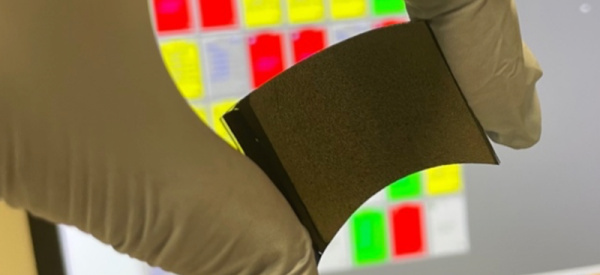
Researchers in Australia are working on a way to convert moisture both in the air and on the surface of skin into electrical energy that’s stored in a flexible battery. And it looks like the charge that the battery holds will be strong enough to drive wearables, offering a unique self-charging method to power smart patches and IoT devices of all kinds. The initiative comes from a collaborative team from the University of New South Wales, the Australian government’s Commonwealth Scientific and Industrial Research Organisation (CSIRO), and the Australian company Strategic Elements.
While the technical details posted on the Strategic Elements website are minimal, the company says the ability to create electricity from humidity relies on liquid-ink tech and graphene oxide which is made by oxidizing graphite, a low-cost and widely available material. In a statement, Strategic Elements comments on the environmentally friendly aspect of the new battery. “Our technology doesn’t rely on rare materials and carries no safety risks, and in addition, can provide flexibility to electronics.”
Differing from alkaline and lithium-based batteries, the proprietary Energy Ink batteries are printed on flexible plastic that can conform to parts of the human body, making them particularly well-suited for wearables including a range of biometric monitors used for remote patient monitoring. Thus far, the research team has made battery cells that measure 36 square cm, and say that these types of batteries can also be made as small as 100 square cm and as large as 3 meters squared. And, according to the company, the batteries can be ultra-thin, 10 to 20 microns in height, which is thinner than human hair. As for charging time, Strategic Elements says self-charging drawing from vapor in the air takes about 3 minutes.
Strategic Elements says, “It wasn’t long ago that many said it was impossible to produce any usable energy from moisture…[Now] there is an obvious near-term market in electronic skin patches, but we are also excited about clearly being in the early stage of testing the fundamental upper limits of this technology.”

